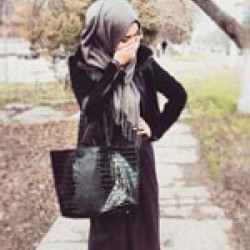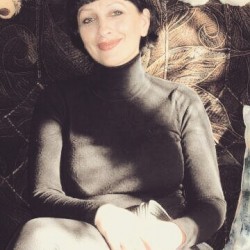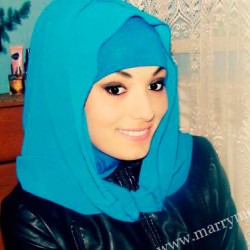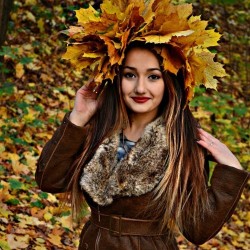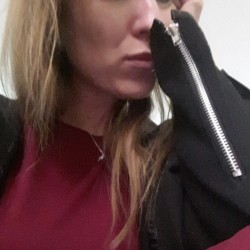Most Europeans associate Muslim clothing with dullness and monotony. However, this is absolutely not the case: women who observe the laws of the Koran today can dress fashionably and stylishly without deviating from the rules allowed by faith.
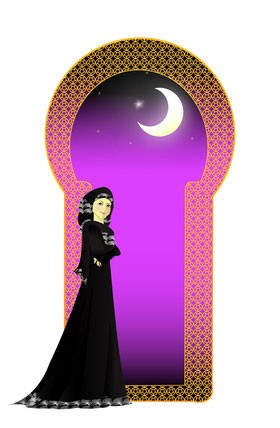
Modern designers pay enough attention to the creation of collections of women's and men's Muslim clothing, being guided not only by high demand, but also by the variety of forms of this type of clothing. Today, there is an increase in the number of both online stores of Muslim clothing and traditional boutiques with clothing for Muslims. Moreover, not only representatives of the Islamic faith dress there, but also ordinary women and men who want to look stylish, modest and dignified.
There are many rules for choosing Muslim clothing, prescribed by the Koran and dictating what kind of clothing a woman of the true faith should be. Every Muslim woman knows these rules and prohibitions almost from birth. Let's take a look at some of them.
So, according to the Qur'an, women's clothing is preferable from natural materials (cotton, linen, silk). It is unacceptable for a woman to be frankly fitting with clothes, but this does not mean that you should buy unisex clothes. The clothing of a Muslim woman leaves the wrists and face of its owner open, while the rest of the body must be hidden under an opaque fabric.
The vocation of Muslim women's clothing is to protect its owner from male gazes. It is not necessary for a woman to cover her head with a scarf: it can be replaced by various shawls, stoles, capes. An important part of a Muslim woman's attire is shoes, suitable options are models with a solid wedge or low heels.
The classic colors of Muslim clothing are gray, dark brown, black, beige, green. Muted, dark and pastel colors and shades are acceptable.
The choice of jewelry for Muslim women is quite wide: women are allowed to wear earrings, bracelets and other jewelry. Although the real adornment of a Muslim woman is dignity and modesty, and clothes are only designed to emphasize these features in them.
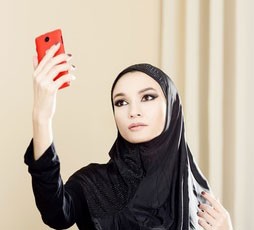
The foundation of Muslim fashion is quite strong and therefore the changes in seasonal fashion trends are not as radical as in Western fashion. Minor fashion changes mainly concern materials, decorative and color schemes.
Each Islamic country has its own cultural traditions and differences, which, accordingly, affect the clothing of Muslim women in this region. The most conservative clothing for Islamic women is the veil, niqab and veil. Today, any Islamic women's clothing is called a hijab, although previously only a veil or scarf was called that.
In Muslim fashion, women also have trousers called shalwars. The spacious abaya cape also stands out separately.
Recently, designers have shown a particular interest in oriental trends: they introduce some of its elements into the clothes of European women and even transform the traditional clothes of Muslim women, turning them into trouser suits and elegant long dresses. Yes, and modern Muslim women are not inferior to Europeans in their desire to be fashionable, as a result of which the traditional Muslim wardrobe is still slowly undergoing changes. For example, along with the classic headscarf, hats that do not violate Islamic traditions, but are more stylish, are popular.

Designers present hijab and abaya in updated models and in a bright color palette. The dress code of modern megacities also affects the cut of Muslim clothing. The result of the democratization of Islamic fashion was the emergence of numerous firms that are engaged in tailoring long dresses, tunics, trouser and skirt sets.
Famous fashion designers are also trying to satisfy the needs of the market. The creation of models of Muslim women's clothing interested them more than a decade ago, and one of the "pioneers" of Islamic fashion was Bruce Oldfield, who introduced the world to a luxurious abaya, decorated with thousands of diamonds and embroidered with gold.
The first special collection of Muslim clothing from the fashion house Yves Saint Laurent was presented in 1999 as part of the International Festival of African Fashion.
Other fashion brands are not far behind: Dolce & Gabbana, Gaultier, Paul Smith, at the shows of which you can often find large scarves that drape in the style of a hijab. Famous scarves from Christian Dior, Hermes, Gucci fit perfectly into the wardrobe of a modern Muslim woman.
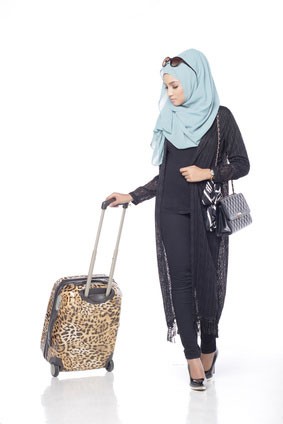
As you can see, fashion trends still have an impact on traditional Muslim clothing, adapting it to the life and conditions of modern megacities. At the same time, it is pleasing that even the updated Muslim fashionable clothing copes with its main task - it emphasizes the dignity, honor and modesty of a woman of the Islamic faith.


